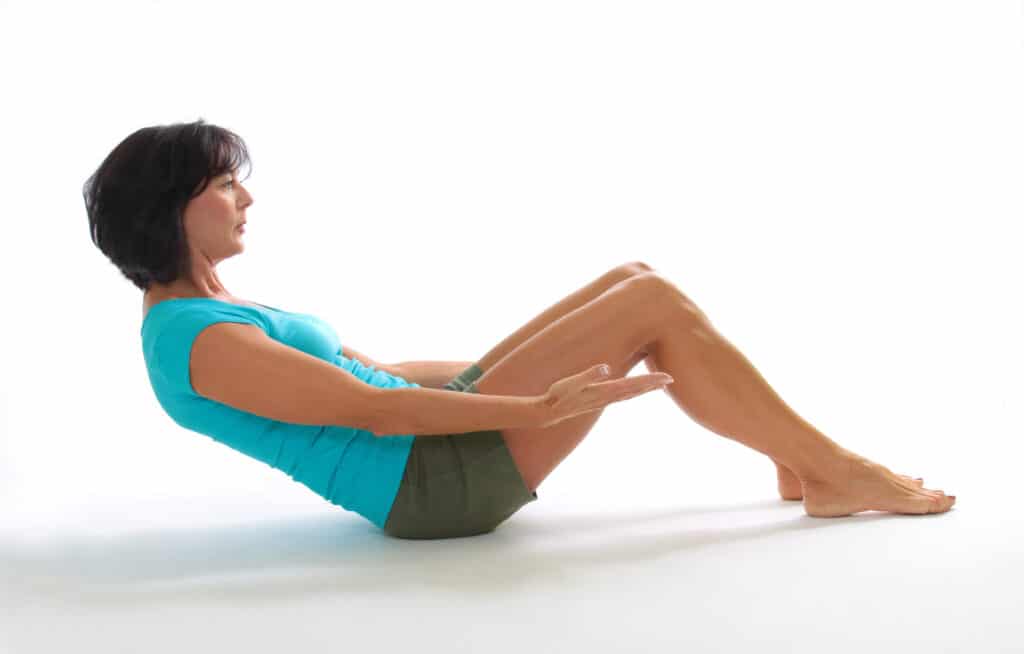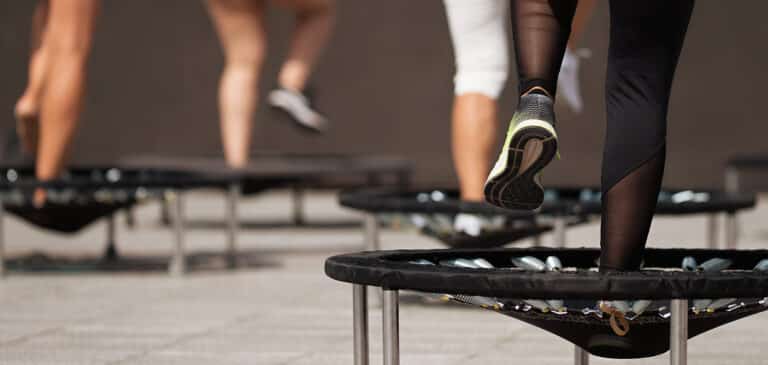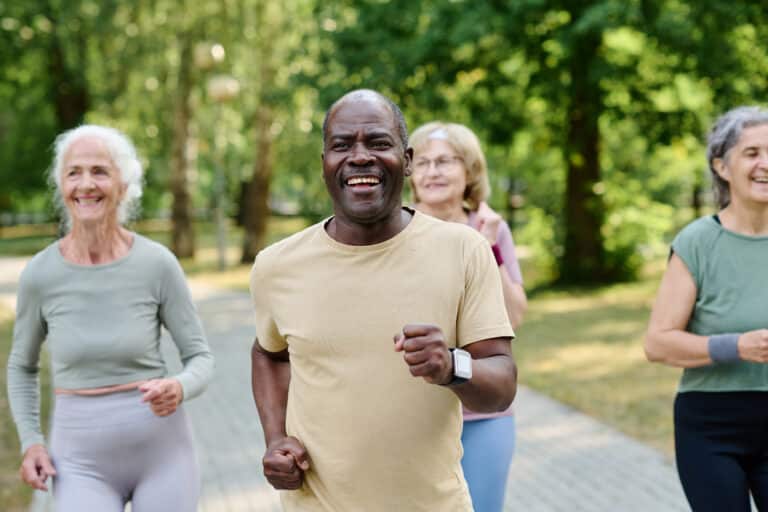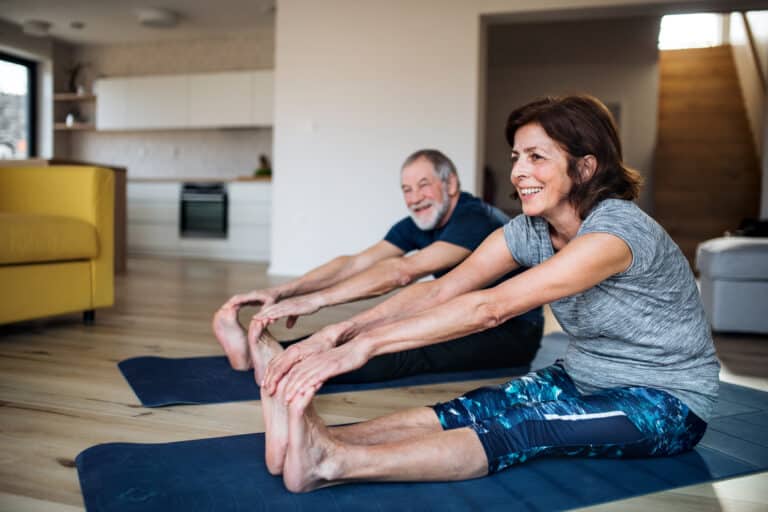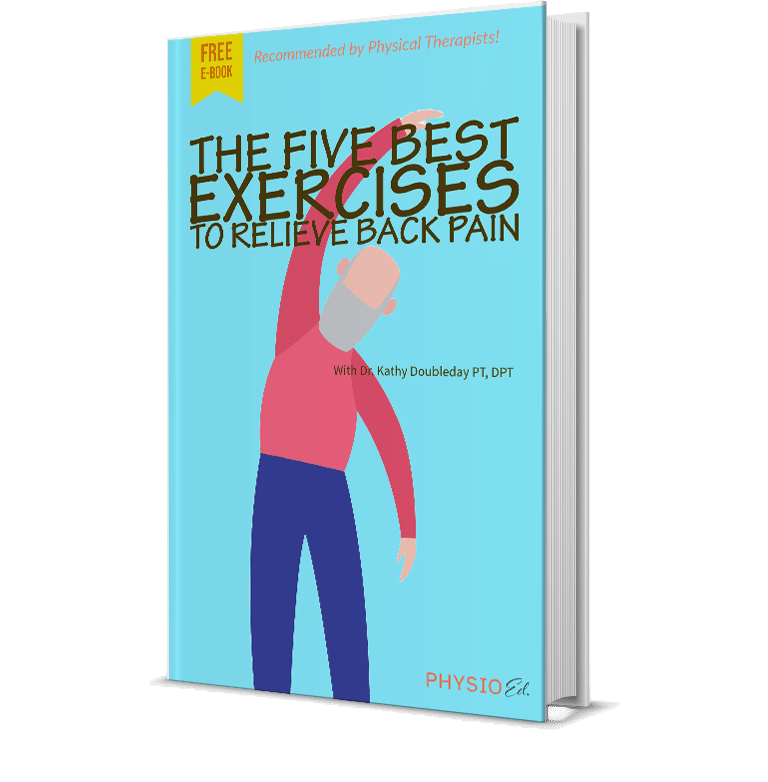What Is Core Strength, Anyway?
Traditional strength training revolves primarily around muscle development in the arms, legs, and chest. This allows for progress toward lifting weight in a controlled, methodical movement such as curling a barbell or a leg press machine. Unfortunately, most of life is not so controlled and despite a person’s extremity strength, an individual that maintained good physical strength was still susceptible to common physical injuries. Why?
Generally speaking, core strength refers to the muscular control of the torso rather than pure strengthening of the muscle tissue. Though we often think about our arms and legs when lifting heavy objects or moving us one place to another, it is the core muscle structures that stabilize these activities. These supportive muscles are engaged in steadying the body in nearly all of its movement. Though subtle in their action, core muscle groups work together, refining their role from moment to moment as motion changes. They provide us control and a stable base when we kick a soccer ball or reach for a glass in the cupboard.
Learning to control these core muscular groups during activity is believed to protect against injury, particularly of the spine. Core exercises are commonly prescribed by orthopedists and physical therapists to alleviate back pain without medication or surgery. These muscles are also an essential part of maintaining good balance, which helps protect against falls.
Muscle Groups of the Core
Transversus Abdominis—The transversus abdominis is also known as the “corset muscle” as it wraps around the body and tightens the abdomen. It provides stability for the spine and pelvis by compressing the abdomen and creating firmness the trunk. It is also the muscle structure that causes contractions during childbirth.
Lumbar Multifidus–The lumbar multifidus are group of small muscles on the back of the lumbar spine. Control motion between the vertebrae segments. Their support helps to reduce degeneration of the joint structures.
Diaphragm–The thoracic diaphragm is a convex-shaped muscle positioned at the base of the ribcage. As a core muscle, it assists in firming the torso in conjunction with the transversus abdominis and the pelvic floor. It is also the primary structure that powers proper respiration. It functions both as a voluntary and involuntary muscle. Hiccups are caused by an involuntary contraction of the diaphragm.
Pelvic Floor–As the name implies, this muscle group sits at bottom of the pelvis and forms the floor of the core muscle groups. It supports and protects deeper tissues by cradling the internal organ structures. A weak pelvic floor can lead to incontinence and prolapse issues.
Gluteal—The gluteal muscle group is located on the sides and back of the hips. They stabilize the pelvis during walking or movements when the body needs to balance or shift from one leg to the other.
Obliques—The oblique muscle groups wrap around the trunk, and assist with rotational and counter-rotational motion of the torso. They protect the spine by stabilizing flexion and rotational forces. Common motions that engage the obliques are throwing a ball or twisting to look behind your shoulder.
Latissimus Dorsi—The latissimus dorsi is a large muscle located in the back. It attaches to the fascia of the lumbar spine, and reaches up to shoulder. The core function of this muscle group is to stabilize the back during arm and shoulder motion. It is used in motions such as pulling down a stuck window.
Quadratus Loborum—The quadratus loborum is located between the ribs and the pelvis in the back. It stabilizes side-to-side motions and bending of the trunk. It is used when you carry something heavy in one hand.
Erector Spinae—The erector spinae are columns of muscle that run along the spine. They control flexion and extension of the back. A common use of these muscles is when we lift a heavy object from the ground.

